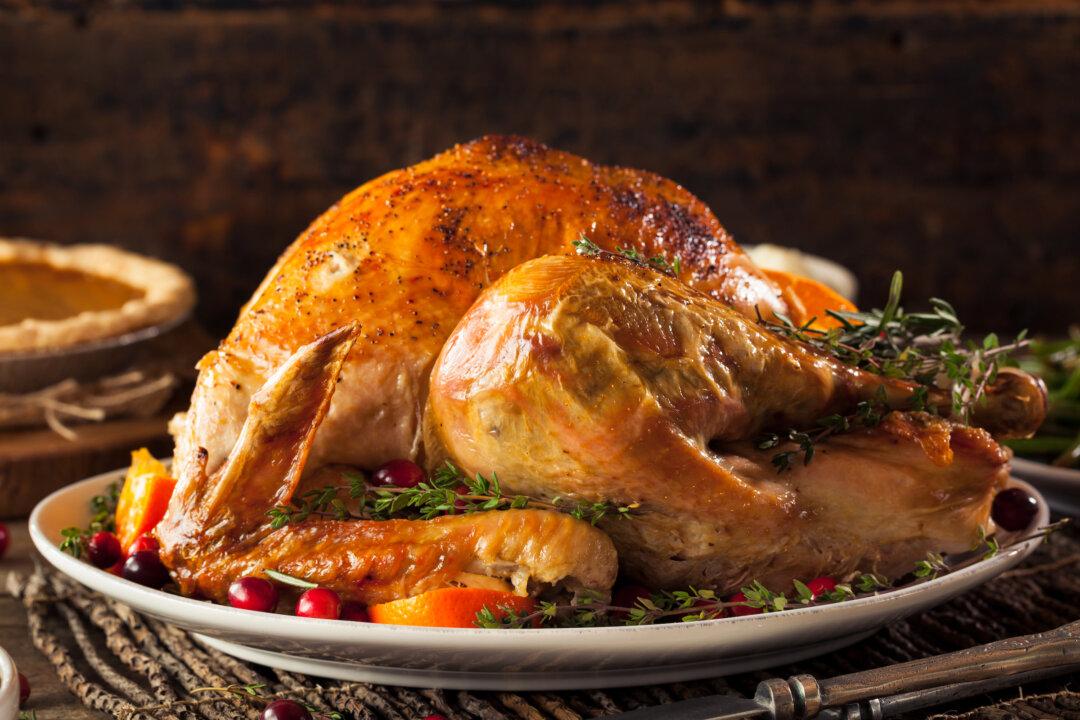There are few better ways of whiling away a summer afternoon than with a picnic.
Food just seems to taste better outdoors, especially when spread out on a blanket in the grass and shared with loved ones. And picnicking this time of year, when the sun is generous and the breeze is warm and sweet, is especially irresistible.






